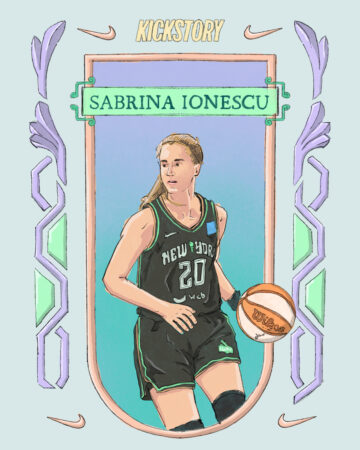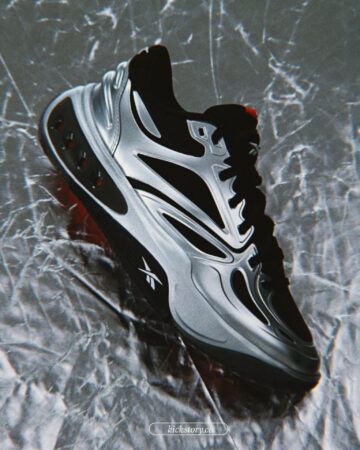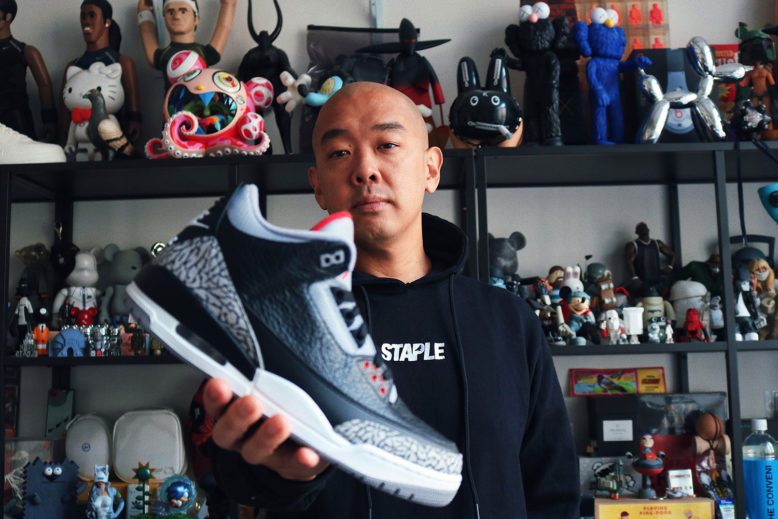
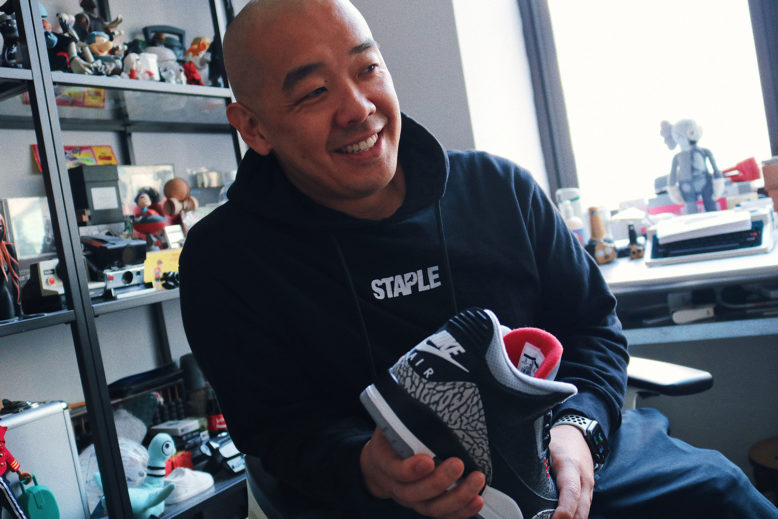
“He asked if I could make 12 and I said: “Yeah, I can make 12”. And I still had to break into school, make 12 shirts and bring them back. That was the first time that Staple was a business, a 12 shirt order.”
So, how did you start your brand?
JeffI started my brand a long time ago, in 1996. I was going to Parson School of Design, and I was a graphic designer, I wasn’t really into fashion design or anything, I was more interested in graphic design and branding, and really I just wanted to put my ideas and artwork on T-shirts, instead of on to paper. That was really how it started. We had a silkscreen class and I learned how to silkscreen on paper – but I wanted to transition to t-shirts – and actually some of my first silkscreens from school are up there. And it’s funny because the school didn’t actually allow printing on tees, they only allowed printing on paper, they banned t-shirt printing. So me and my friend, we would have to break in the silkscreen lab and use the machinery for t-shirts.

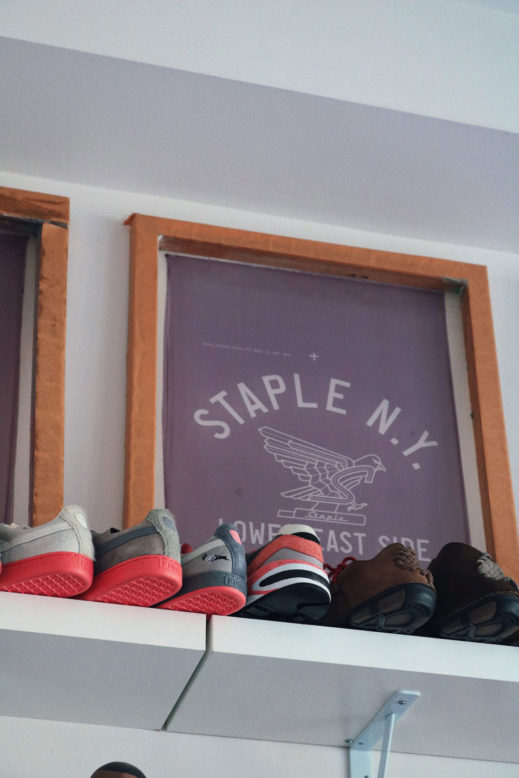

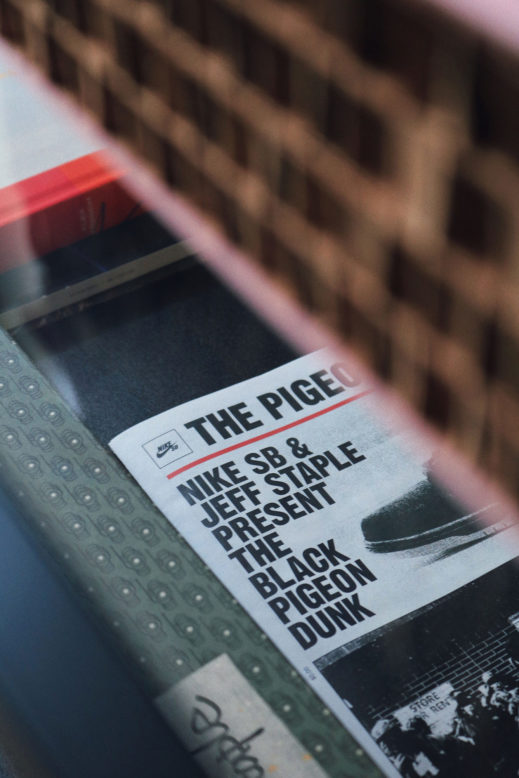
How did you know it was the right time to start your own business?


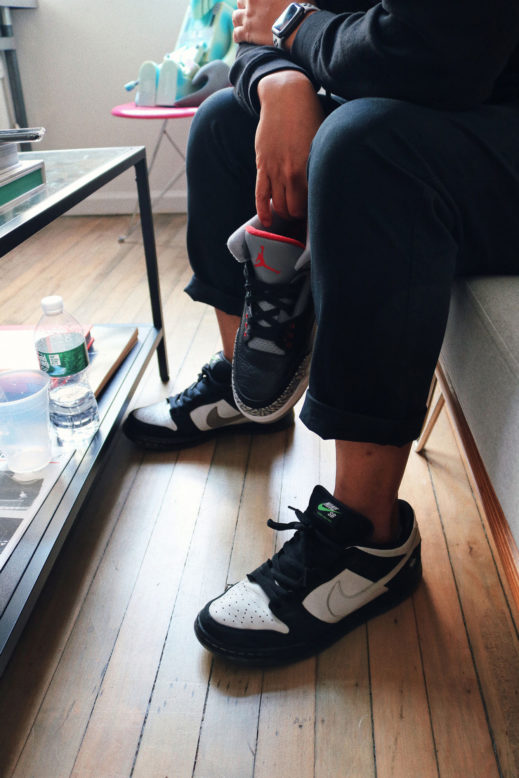
“But the only problem with teaching is the amount of time it takes versus the amount of people that I’m able to touch. For example, when I teach a class of 30 kids in my classroom, it takes me 3 hours to do a class; I’m only talking to 30 people. But with SkillShare, the same 3 hours I’m talking to 30.000 people. So, I’m always trying to be really efficient with my time, and make sure that when I take the time to share, that I’m sharing with the maximum amount of people.”
Why did you feel the need to make The Business of Hype?
JeffThe reason was that, for years now I’ve been doing talks, like I did in São Paulo, I teach classes – and actually fast-forwarding many years I eventually became an honorary graduate of Parsons, so they did give me a diploma even though I didn’t finish school – and then I ended up teaching at Parsons and NYU. I also have this program that I do with a company called SkillShare which is like, online learning. So I’ve been doing all those things and trying to dial it up a bit, but the only problem with teaching is the amount of time it takes versus the amount of people that I’m able to touch. For example, when I teach a class of 30 kids in my classroom, it takes me 3 hours to do a class; I’m only talking to 30 people. But with SkillShare, the same 3 hours I’m talking to 30.000 people. So, I’m always trying to be really efficient with my time, and make sure that when I take the time to share, that I’m sharing with the maximum amount of people.
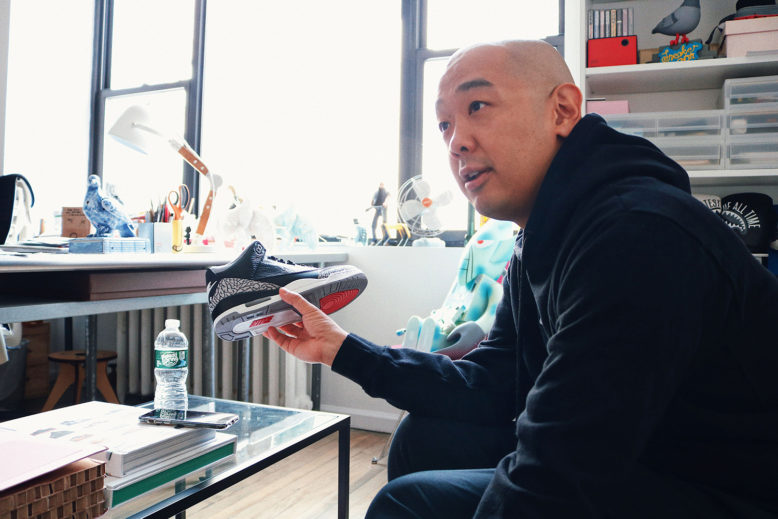
You had the chance to interview a lot of amazing people in Business of Hype. Was there any interview or something someone said that stood out to you?
“When I went to visit Jerry Lorenzo at his Fear Of God office in LA, he has a super clean office, like you can’t even wear shoes in his office, Japanese style. And traditionally in Japan, you take your shoes off when you go into the house, but when you go to the bathroom they have a pair of slippers for you to wear because the floor might be dirty. So when I asked Jerry “Can I use your bathroom?”. Instead of slippers, there were shoes for you to wear while you use the bathroom, but it was like, Sacai, Fear Of God, Travis Scott Jordans! They were all like grail that you use to piss with (laughs). I was like, you use Sacai’s to piss in, that’s next level (laughs).”
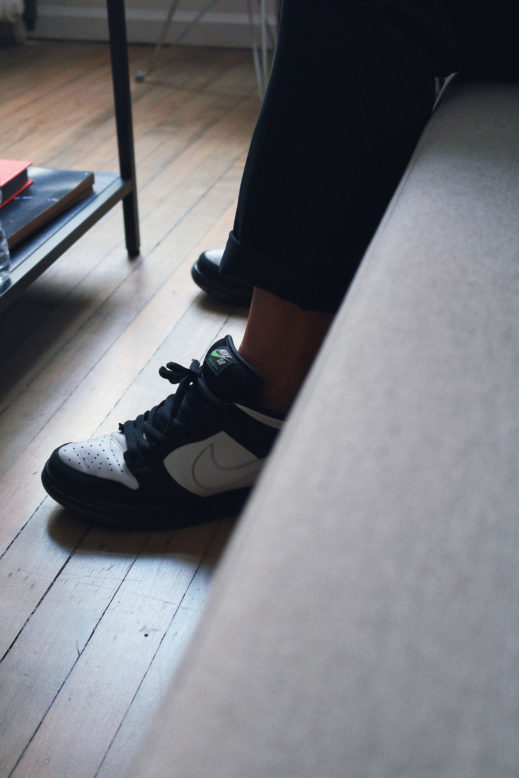
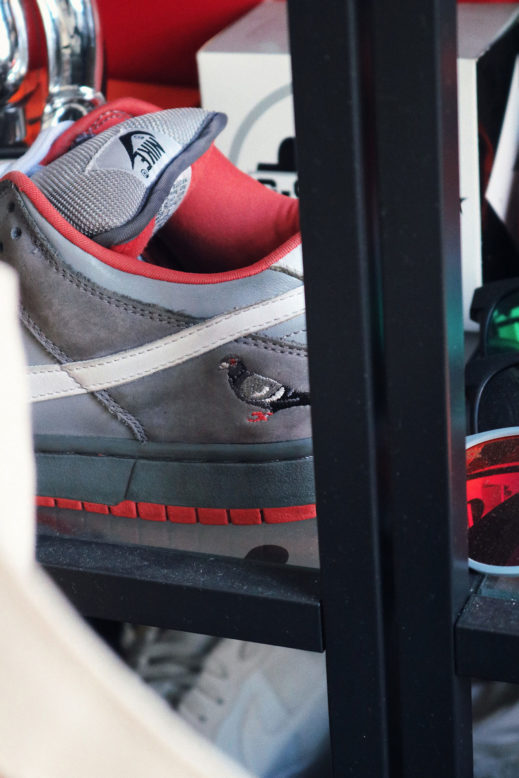
“I walked in the classroom a bit late, and the whole class and the teacher immediately all look at me because I’m late right? And then they all looked down at my feet because nobody had ever seen a shoe that looked like this before. Even the teacher was like “Wow!”. So I snapped like 20, 30 necks at the same time. And after that, I was like “Wow! I just made this whole room collapse. That feeling is addictive”. So, from that point on I felt like I had to keep copping shoes to make sure I keep snapping necks (laughs).”
When was the first time that you realized that you liked sneakers? Do you remember a sneaker that you saw and went “Wow!”?

I feel like, every sneakerhead has a moment where they eventually get rid of a huge amount of shoes, right.


And do you, try to use all of your sneakers? At least the ones in your house?
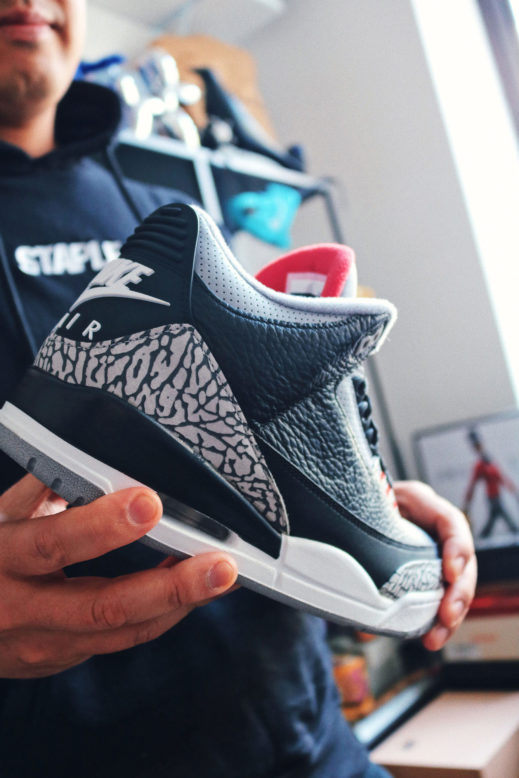
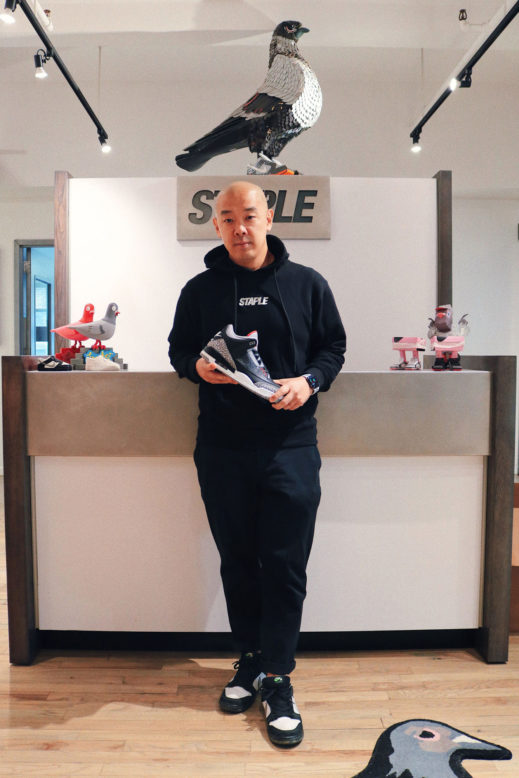
So now talking about collabs, how do you know when it’s the right time to collaborate with another brand, and how to make the process organic?
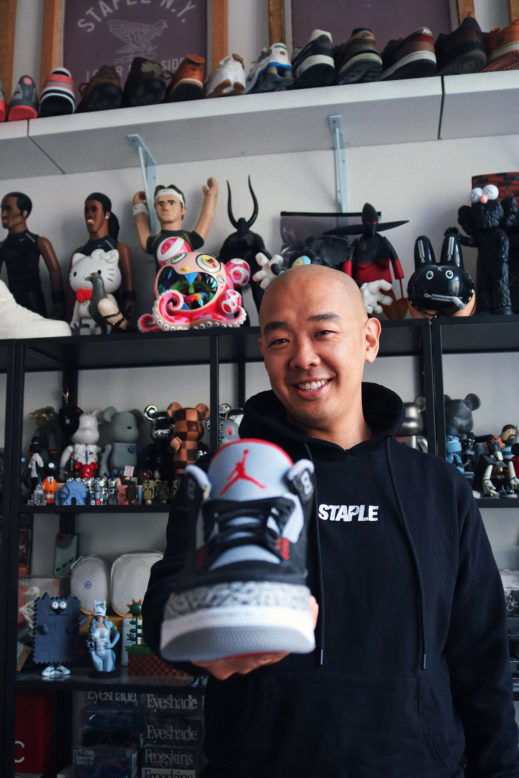
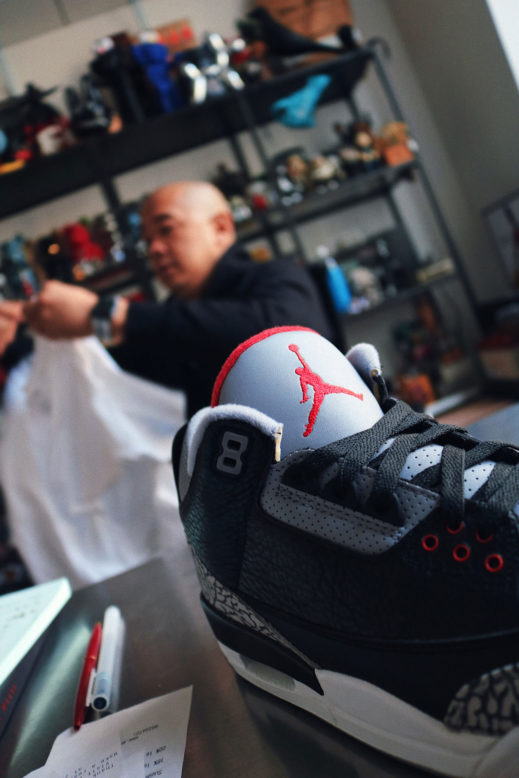
So, this is something that we always wanted to know – why did you choose the pigeon as the logo of Staple?

Air Jordan III Black Cement
Owner: Jeff Staple
Photos by: Kickstory (Ian Homem de Mello)
